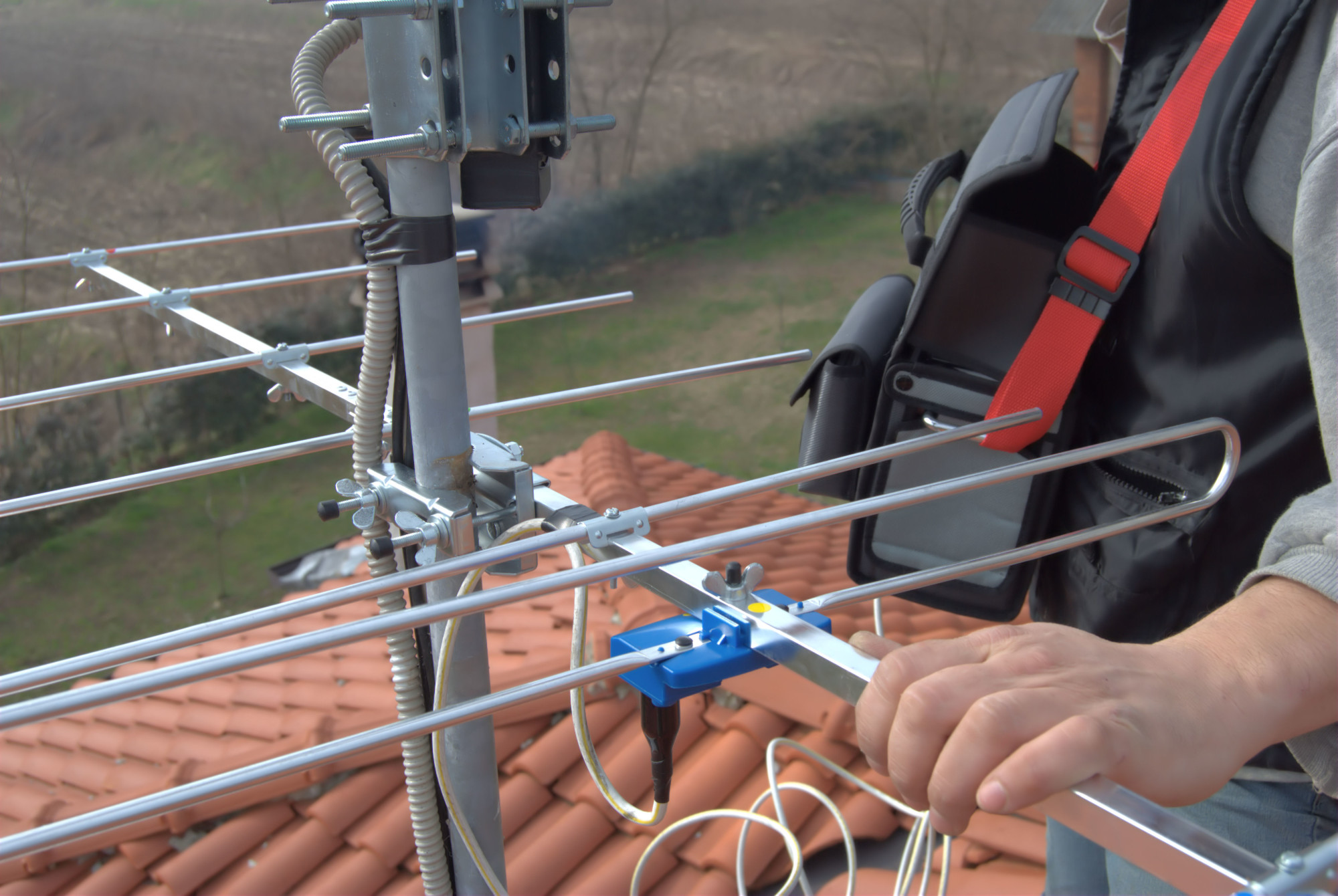Consider extending your hand and capturing words, images, and information as they fly by. That’s kind of what antennas do. But have you ever wondered how do antennas work?
An antenna (also known as an aerial) is the metal rod or dish that captures radio waves and converts them into electrical impulses for devices such as radios, televisions, and telephone systems. This type of antenna is referred to as a receiver.
A transmitter is a type of antenna that converts electrical signals into radio waves, allowing them to travel thousands of kilometers around the Earth or even into space and back. Almost all forms of modern telecommunication rely on transmitters and antennas.
So now, let’s learn more about antennas and how they work in more detail.
How Do Antennas Work?
Imagine you run a radio station and want to broadcast your shows to the rest of the world. Of course, there’s the internet now, but what if you wanted to reach places where they had no connection? What’s the best way to go about it?
Well, let’s start with microphones. In your radio station, you’ll use them to capture and convert the sounds of people’s voices into electrical energy. You then take that electrical energy with special equipment and make it flow through a tall metal antenna.
By feeding it through an antenna, you’re enhancing the signal as many times as you need so it could travel as far as you need into the world.
The invisible electromagnetic radiation in radio waves is created when electrons in the electrical current vibrate down the antenna. These waves travel at the speed of light, carrying with them your radio show.
What happens if I turn on the radio in my apartment, which is a few blocks away?
The radio waves you send cause electrons to move back and forth as they pass through the metal antenna. This generates an electric current, which the electronic components in my radio convert into audible sound.
Transmitter vs. Receiver Antennas
Antenna technology for receivers and transmitters is frequently quite similar in design. For example, you could be using a satellite phone. You use it to make and receive video calls to any other location on Earth via space satellites. And all of the signals you send and receive work through a single satellite dish.
A satellite dish is a particular type of antenna with a bowl-like shape. It’s technically called a parabolic reflector due to the dish’s curvature being the same as a parabola graph.
Transmitters and receivers can frequently appear to be quite different in appearance, though. TV and radio broadcasting antennas are massive masts that can span hundreds of feet into the air. This is because they must carry powerful signals over great distances. However, a much smaller antenna will do for your radio or TV at home.
How Radio Waves (Frequencies) Travel
Waves do not exclusively move from transmitter to receiver through the air. There are three main methods by which waves can travel, depending on the types of waves we want to transmit, how far we want to send them, and when we want to do it.
They can travel in a straight line, exactly like a beam of light, using what’s known as “line of sight.” Microwaves were used in old-fashioned long-distance telephone networks.
Ground waves can accelerate around the Earth’s curvature. For short-to-moderate distances, AM or medium-wave radio tends to move in this manner. This explains why, even when the transmitter and receiver are not in sight of each other, we can hear radio waves beyond the horizon.
They can travel into the sky, bounce off the ionosphere, an electrically charged region of Earth’s upper atmosphere, and return to Earth. This effect is most effective at night, explaining why distant foreign AM radio stations are easier to hear at night.
Lower layers of the ionosphere absorb waves streaming up to the sky throughout the day. That doesn’t happen at night. Instead, the radio waves are caught and flung back to Earth by the upper layers of the ionosphere. This creates a highly effective sky mirror that can aid in transmitting radio waves across vast distances.
How Do Antennas Work for HDTV?
An HDTV antenna is a piece of electronic equipment that receives television broadcasts as electromagnetic impulses broadcast over the air.
These electromagnetic impulses are converted from audio and video information when a television station broadcasts its content. The signals are received by the antenna, which is then passed on to the HDTV tuner. The tuner then converts them back into audio and video data.
Better Picture Quality
Despite popular belief, getting channels using an HDTV antenna produces higher visual quality than receiving the same channels from a cable television provider!
Data is compressed so that it can be transmitted directly to your home via coaxial cable. The same data is broadcast uncompressed over the air, so it will look and sound better. Although cable television has a significantly greater number and variety of channels than an antenna, the HDTV antenna has a distinct edge in terms of visual quality.
Thus, many Australian homes are taking advantage of this technology. And finding a good antenna service for business is pretty straightforward. Installing an antenna can be a very rapid process, too – when a professional team carries out the job.
Antenna Technology
So now you should have a better idea regarding the question: how do antennas work?
Antenna technology has been around for a long time now, and it’s not going to disappear any time soon. In the end, if you want some of the best uncompressed images on your TV screens, antennas are the way forward.
Thanks for stopping by! Also, if you have a moment, please consider checking out some other interesting reads on our blog.
